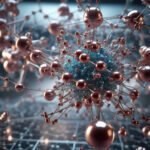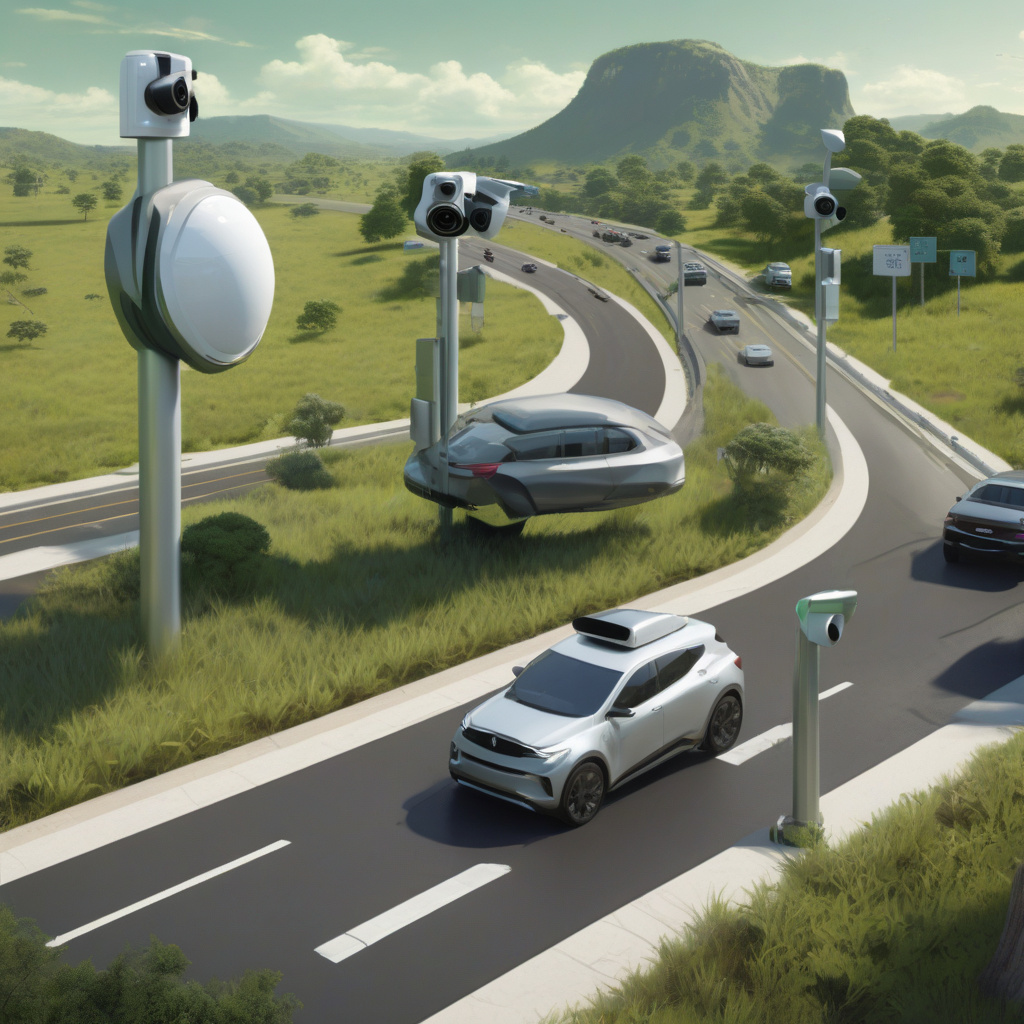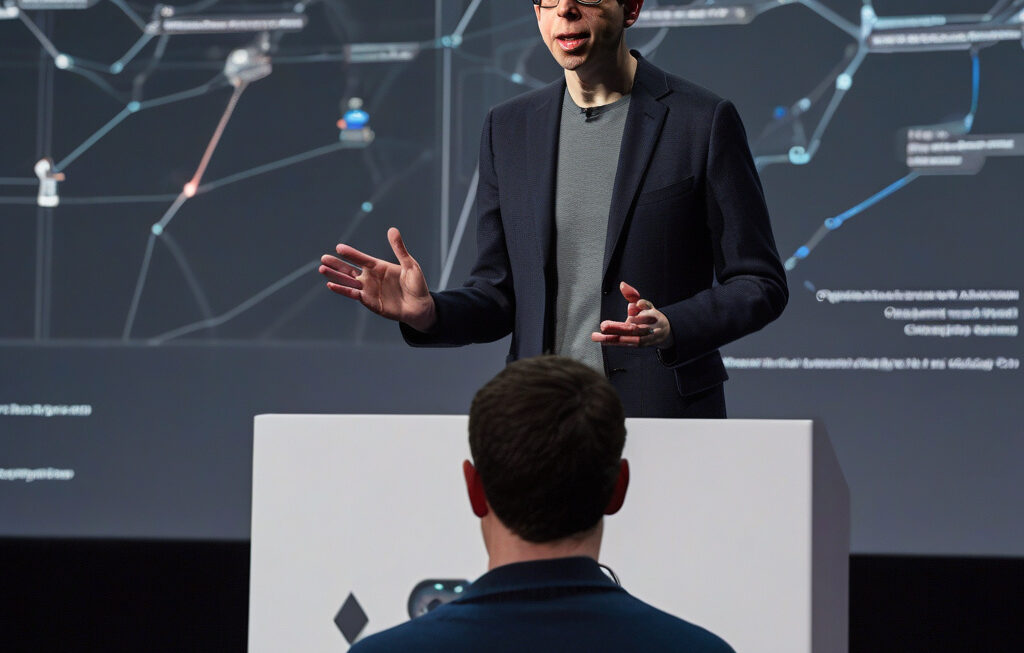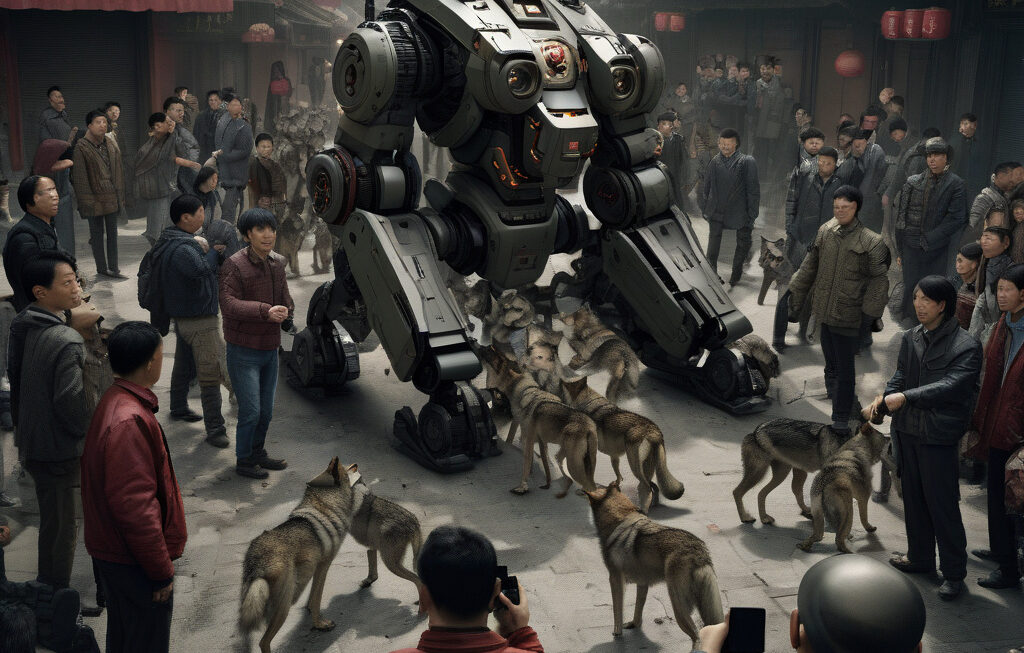World-first Roadside AI Tech Prevents Animal-Vehicle Collisions with 97% Accuracy
A team of researchers funded by iMOVE Cooperative Research Centre (CRC) has successfully tested a groundbreaking roadside artificial intelligence (AI) technology that aims to prevent animal-vehicle collisions. This innovative solution offers an impressive accuracy rate of 97%, marking a significant advancement in road safety and wildlife preservation efforts.
The development of this cutting-edge AI system comes at a critical time when wildlife populations are increasingly threatened by road traffic. According to recent studies, animal-vehicle collisions not only pose risks to human safety but also result in significant harm to wildlife populations and ecosystems. By leveraging AI technology, researchers have now found a proactive approach to mitigating these collisions and protecting both motorists and animals.
So, how does this revolutionary roadside AI technology work? The system is equipped with advanced sensors and cameras that detect the presence of wildlife near roadways. Through machine learning algorithms, the AI can accurately identify various types of animals, including kangaroos, deer, and other common road-crossing species. Once an animal is detected, the system alerts drivers in real-time, giving them valuable seconds to react and avoid a potential collision.
One of the key strengths of this AI-powered solution is its exceptional accuracy rate of 97%. This high level of precision is crucial in ensuring that drivers receive reliable warnings when animals are in proximity to roads. By significantly reducing false alarms and unnecessary alerts, the technology enhances driver trust and encourages swift, appropriate responses to potential hazards.
Moreover, the roadside AI technology’s effectiveness has been validated through rigorous testing in real-world conditions. Field trials have demonstrated the system’s ability to consistently detect and alert drivers to the presence of animals with remarkable accuracy. As a result, road safety authorities and wildlife conservation organizations are increasingly recognizing the value of integrating this innovative technology into their infrastructure.
Beyond its immediate impact on preventing animal-vehicle collisions, the AI system also holds promise for gathering valuable data on wildlife behavior and movement patterns. By analyzing the information collected by the technology, researchers can gain insights into animal migration routes, habitat preferences, and interactions with roadways. This data-driven approach not only enhances road safety measures but also contributes to the broader understanding of wildlife ecology.
Looking ahead, the widespread adoption of this world-first roadside AI technology could revolutionize how we approach wildlife conservation and road safety on a global scale. As advancements in AI continue to drive innovation across various industries, the integration of smart solutions like this one underscores the potential for technology to create positive outcomes for both humans and the environment.
In conclusion, the successful development and testing of the roadside AI technology by iMOVE CRC researchers represent a significant milestone in addressing the challenges of animal-vehicle collisions. With its impressive 97% accuracy rate and proven real-world performance, this innovative solution has the power to save lives, protect wildlife, and shape the future of road safety. By harnessing the capabilities of AI for proactive intervention, we are taking a crucial step towards building safer roads for all beings that share our ecosystems.
roadside AI, animal-vehicle collisions, technology, road safety, wildlife preservation












